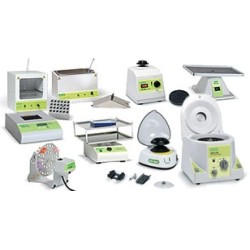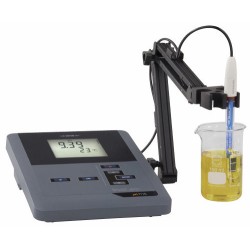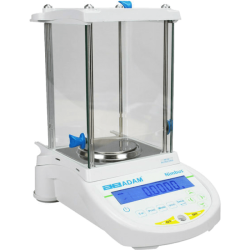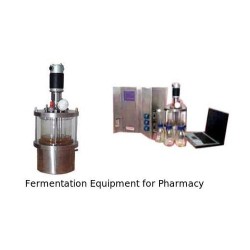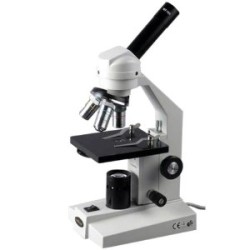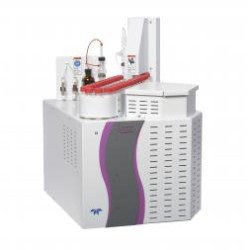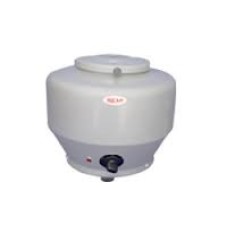Centri Fuge Machine
A centrifuge is a piece of equipment, generally driven by an electric motor (or, in some older models, by hand), that puts an object in rotation around a fixed axis, applying a force perpendicular to the axis. A centrifuge is also used to separate the components of blood in blood banks. The centrifuge works using the sedimentation principle, where the centripetal acceleration causes denser substances to separate out along the radial direction
Human centrifuges are exceptionally large centrifuges that test the reactions and tolerance of pilots and astronauts to acceleration above those experienced in the Earth's gravity.
The use of large centrifuges to simulate a feeling of gravity has been proposed for future long-duration space missions. Exposure to this simulated gravity would prevent or reduce the bone decalcification and muscle atrophy that affect individuals exposed to long periods of freefall.
The first centrifuges used for human research were used by Erasmus Darwin, the grandfather of Charles Darwin. The first largescale human centrifuge designed for Aeronautical training was created in Germany in 1933.
Geotechnical centrifuge modeling is used for physical testing of models involving soils. Centrifuge acceleration is applied to scale models to scale the gravitational acceleration and enable prototype scale stresses to be obtained in scale models. Problems such as building and bridge foundations, earth dams, tunnels, and slope stability, including effects such as blast loading and earthquake shaking




